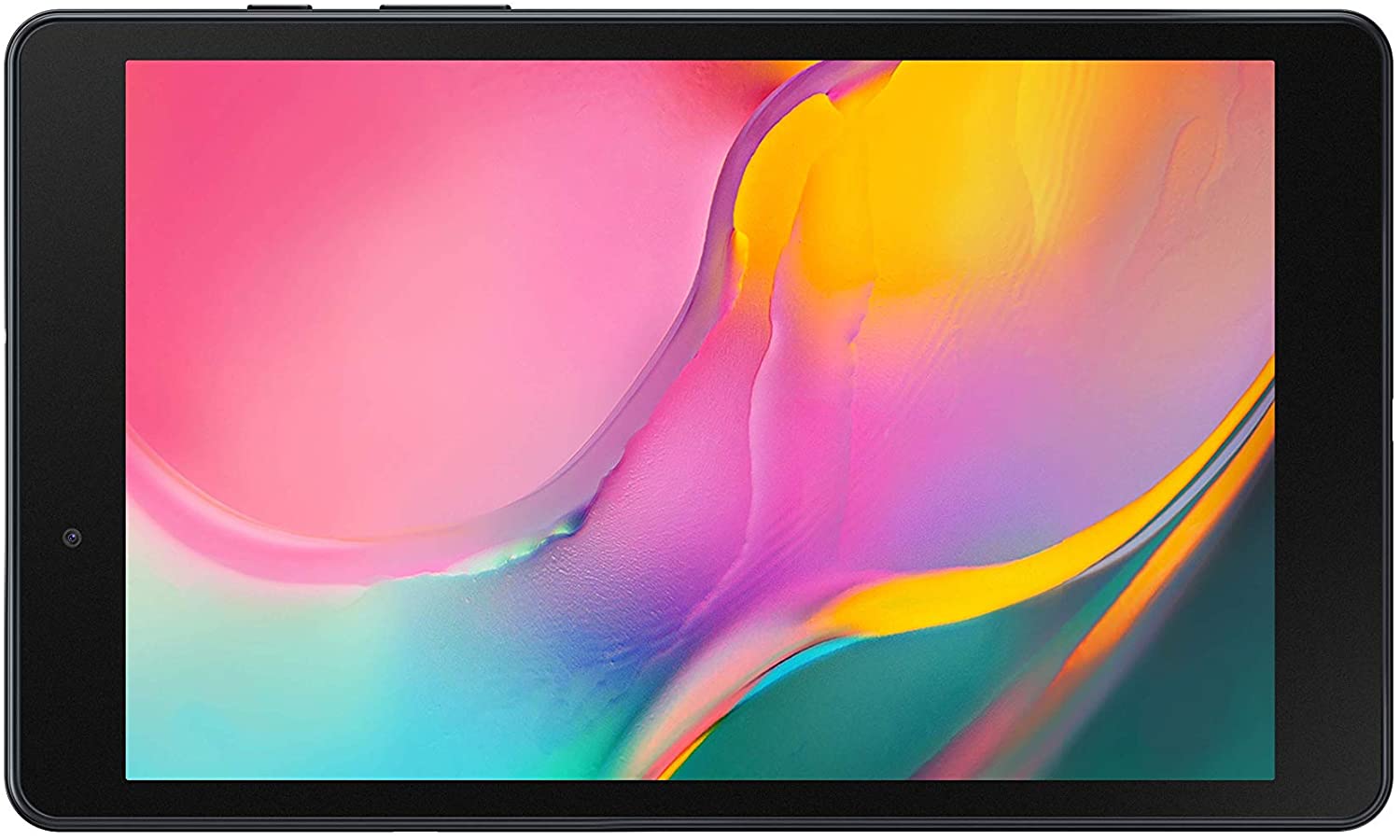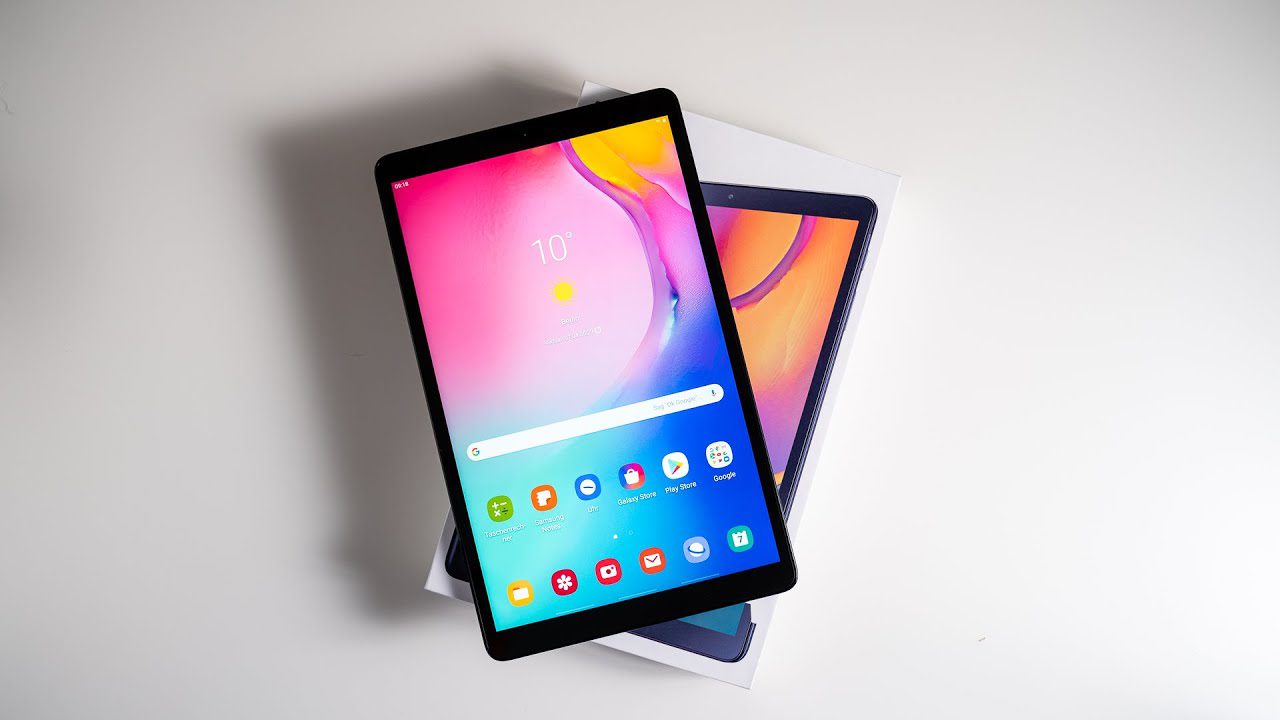Samsung is one of the most popular tech companies of the moment.
They produce amazing smartphones, but today we will talk about two of their most popular tablets, namely the Galaxy Tab A 8.0 and Tab A 10.1.
They are both fantastic choices for those looking for a tablet. There are some differences between the two, which we are going to talk about.
Let’s start with the advantages and disadvantages of each model, and then we’ll delve into more in-detail specifications.
The Galaxy Tab A 8.0 has plenty of advantages, including a pleasant screen quality, powerful processor and the operating system – Android 9.0 Pie. Its main disadvantages are the fact that it comes with an entirely plastic body, only one speaker, and no fingerprint sensor.
The Tab A 10.1 also has some excellent propositions, starting with a great price, a solid, sharp screen, a very premium feeling, making it feel like a much more expensive tablet, and excellent battery life. Its main disadvantages are limited storage, limited graphics power, and slight system lag.
Let’s see a more in-depth comparison.
Design
Design-wise, the Tab A 10.1 features an aluminium metal body and it looks and feels very durable at the touch.
Its design is comparable to its previous versions. It is reasonably heavy, meaning that you most likely won’t be able to hold it with one hand only.
The build quality and design of the tablet suit the needs of most users.
In terms of size, it has a 9.65 x 5.88 x 0.3 inches (245.1 x 149.4 x 7.6 mm) body, weighing 16.54 oz (469.0 g), aluminium back, and it is available in black, gold, and grey.
The Tab A 8.0 features an aluminium body, and it has a very sturdy, pleasant feeling.
Its design is comparable to that of other devices, and it also makes it feel heavy, which isn’t particularly useful for those who want to hold it in one hand.
The buttons are placed where you would expect them to be, and a headphone jack is also included.
The body has the following dimensions: 8.20 x 5.43 x 0.29 inches (208.3 x 137.9 x 7.4 mm). It weighs 11.04 oz (313.0 g).
The tablet can be purchased in grey, blue, or white.
Display
The display is one of the most critical aspects when choosing a tablet.
Thankfully, both tablets have decent options and built-in ambient light sensors.
The 10.1 model features a Full HD display, and its top and side bezels are somewhat thinner than those of the Tab A 8.0.
It is a laminated panel meaning that there is no air gap between the front panel you interact with and the pixels.
The viewing angles are broad, and brightness is decent, but you will encounter some difficulties in direct sunlight.
It has a resolution of 1920 x 1200 pixels, 16:10 ratio, 224 PPI, thanks to the IPS LCD screen it has. Its screen-to-body ratio of 80.80% makes it very pleasant to use daily.
The 8.0-inch model features an HD display. It has decent brightness, but you may struggle to use it under direct sunlight.
The YouTube playback maxes out at 720 pixels, and the bezels are thick, making it look dated compared to more modern devices.
It has a resolution of 1024 x 768 pixels, 160 PPI, a TFT screen, and a screen-to-body ratio of 68.99%.

Camera And Autonomy
Both devices feature a single rear camera capable of autofocusing.
The 8-inch model features a 5MP sensor with a 1280 x 720-pixel resolution. Its front camera has only 2MP, which can be helpful for basic video calls at best. The tablet’s battery is 4200 mAh, which is arguably decent for a moderate-spec 8-inch tablet.
The 10.1 model, on the other hand, has the upper hand here – It features an 8MP rear sensor, also capable of autofocusing. It can shoot video in 1920 x 1080p at 30fps, and its front module is 5MP. It is all powered by a 6150 mAh module, which should be enough to keep it running for a full day.
Performance And Hardware
Things are getting a bit interesting, as there are some significant differences between the two devices.
The 8-inch model is inferior in nearly every single way – It comes equipped with a Qualcomm Snapdragon 410 8916 chip, a quad-core module with a clock frequency of 1200 MHz. Its GPU is an Adreno 306, paired with 1.5GB of RAM and 16GB of expandable internal storage. Perhaps the biggest letdown here is the operating system – The device runs on Android 7.1 Nougat, 6.0 Marshmallow, or 5.0 Lollipop depending on its latest update.
The Tab A 10.1 seems like the better choice due to several factors – First of all, it features an octa-core, 1800 MHz processor – the Samsung Exynos 7 7904, paired with a Mali-G71 MP2 GPU and 3GB of RAM. Also, it features 128GB of onboard storage, and it runs on Android 10, 9.0 Pie, with Samsung’s One UI applied.
Both devices can run day-to-day tasks like watching videos or editing documents. They can both support split-screen modes.
However, if your budget isn’t too tight, we suggest that you opt for the Tab A 10.1, as it is the best performer out of the two.












Leave a Reply